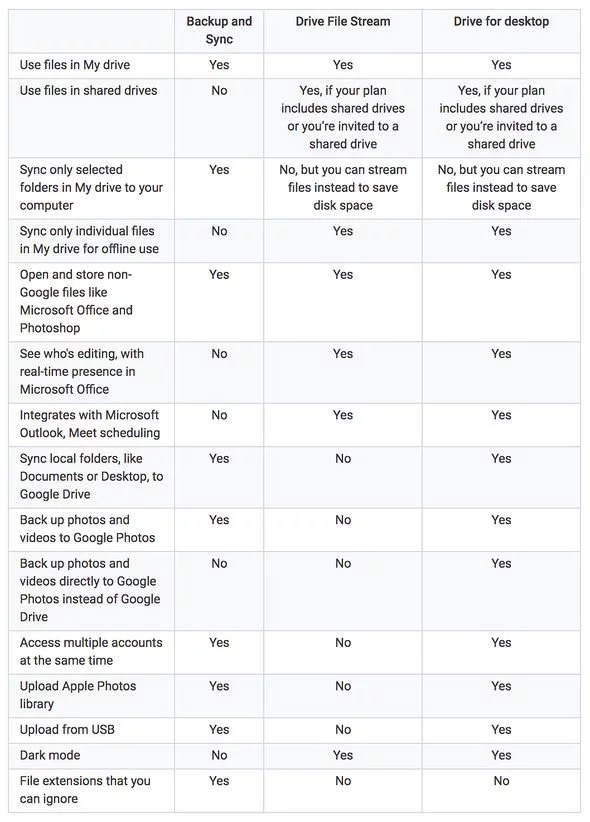


A consumer can unilaterally provision computing capabilities, such as server time and network storage, as needed automatically without requiring human interaction with each service provider. The United States National Institute of Standards and Technology's definition of cloud computing identifies "five essential characteristics":

Cloud computing relies on sharing of resources to achieve coherence and typically uses a pay-as-you-go model, which can help in reducing capital expenses but may also lead to unexpected operating expenses for users. Large clouds often have functions distributed over multiple locations, each of which is a data center. For the horse, see Cloud Computing (horse).Ĭloud computing metaphor: the group of networked elements providing services does not need to be addressed or managed individually by users instead, the entire provider-managed suite of hardware and software can be thought of as an amorphous cloud.Ĭloud computing is the on-demand availability of computer system resources, especially data storage ( cloud storage) and computing power, without direct active management by the user.


 0 kommentar(er)
0 kommentar(er)
